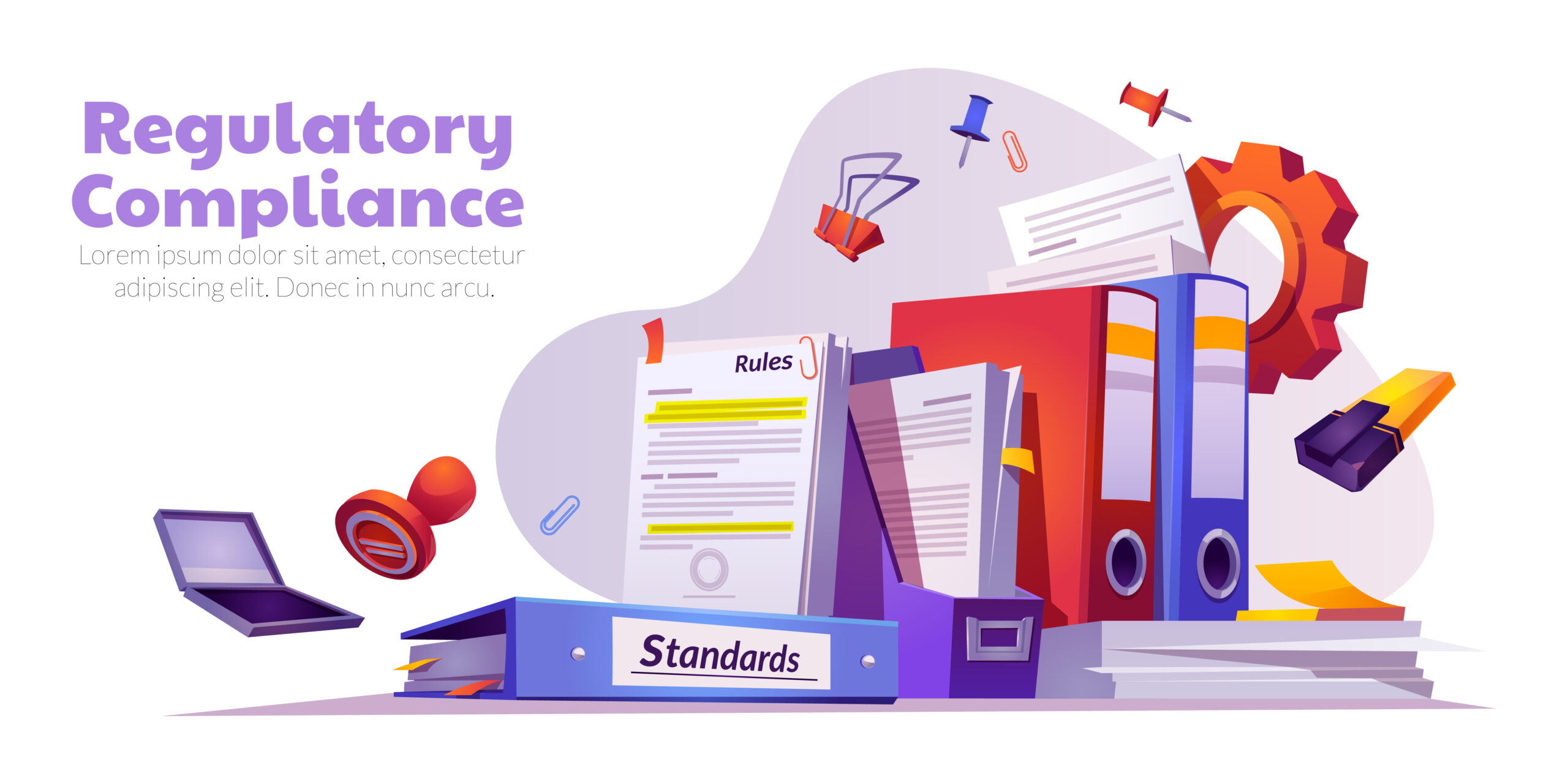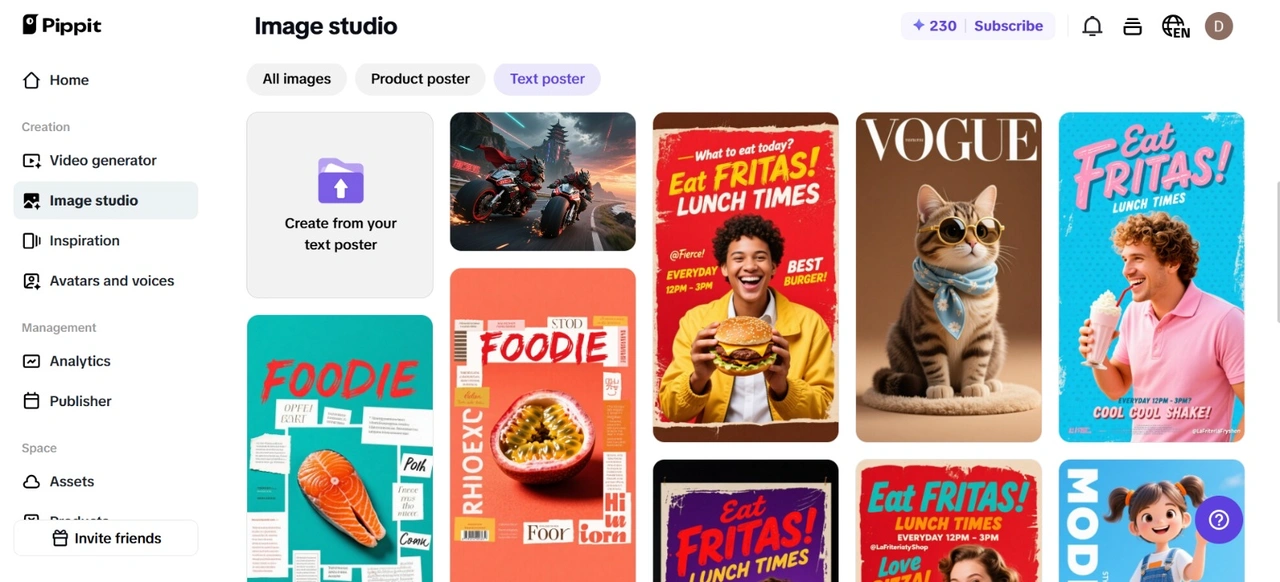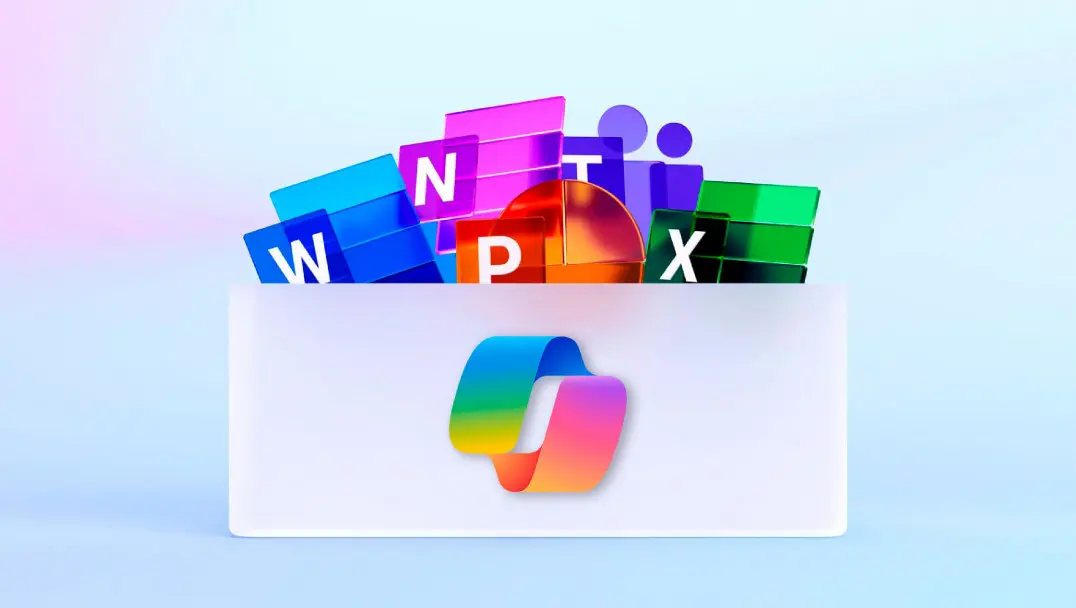In recent years, font licensing for commercial use has become a serious issue, as recent lawsuits show. Some cases in court demanded millions of dollars in damages for using fonts without proper rights.
Such cases highlight that even small oversights can become costly very quickly. That’s why understanding how font licenses work is essential. But how do font licenses work exactly? Let’s break it down!
Key Takeaways
- Always verify font licenses before using them commercially.
- Unlicensed fonts can harm brand reputation and finances.
- Free fonts require careful checking for commercial permission.
What Are Fonts Licensed for Commercial Use?
In general, font licensing for commercial use is the legal permission required to use a font in projects that generate revenue or represent a brand. Unlike personal use, which only covers private projects and hobbies, commercial use includes branding, marketing campaigns, and products that earn income.
Based on this, using fonts without proper permission can result in lawsuits, hefty fines, and damage to your professional branding. Therefore, understanding font licensing types and rules is crucial, as it ensures your work stays legal, ethical, and safe.
When You Must Purchase a Commercial Font
Before using a font commercially and avoiding font licensing issues ahead, it’s important to know some factors to purchase a commercial font license. Here’s the explanation!
1. Selling Products with a Font Design
First, if your font appears on merchandise, packaging, or digital products for sale, a commercial license is required. This ensures that the font creator is compensated fairly and your business stays legally compliant. Without a license, you risk fines or lawsuits that can exceed the cost of the font.
2. Using a Font in a Logo or Branding
Logos and brand identities represent your business publicly, which means commercial licensing is essential. Even if you created the design yourself, using an unlicensed font can lead to legal action. Therefore, purchasing the correct license protects both your brand and reputation.
3. Commercial Digital Content
Third, using font licensing for websites, mobile apps, or marketing materials is crucial. Not all fonts allow online use since some are limited to personal or desktop projects. Using the wrong license can lead to legal trouble or unexpected costs. So, securing the proper license keeps your site both attractive and compliant.
How to Identify Free Fonts for Commercial Use
When choosing fonts, it’s important to understand the EULA (End User License Agreement). This outlines how a font can be used, whether just for personal projects or also for commercial purposes. So, you might wonder: are EULA-licensed fonts free or for commercial use? Here’s how to make sure you’re using fonts legally.
- Check reputable font websites such as Google Fonts, Adobe Fonts, or Font Squirrel.
- Look for licensing terms like “Free for Commercial Use,” SIL, or “Creative Commons Commercial Use Allowed”. If these labels are missing, assume the font is restricted.
- Watch for red flags, such as unclear licenses or downloads from unverified sources.
- Document licenses properly by saving receipts and permission statements for future legal protection.
Make Fonts Licensing for Commercial Use Your Priority
Understanding font licensing for commercial use is essential for designers, brand owners, and digital creators. Without proper licenses, even small oversights can lead to costly legal issues. Therefore, always verify your fonts and respect licensing rules to protect both your work and reputation.
If you want to simplify the process and secure the right licenses easily, consider checking out Creatype Studio. We’ll help you find fonts that are safe for commercial projects. Moreover, using licensed fonts ensures your designs remain legal, ethical, and worry-free. So, take action today and protect your creative work!




